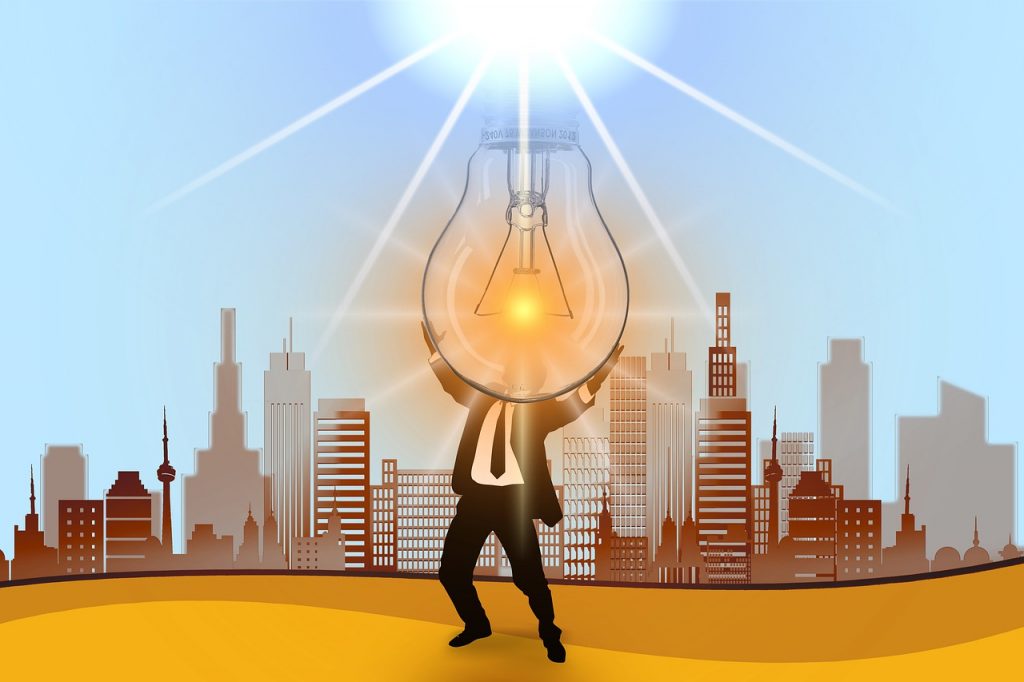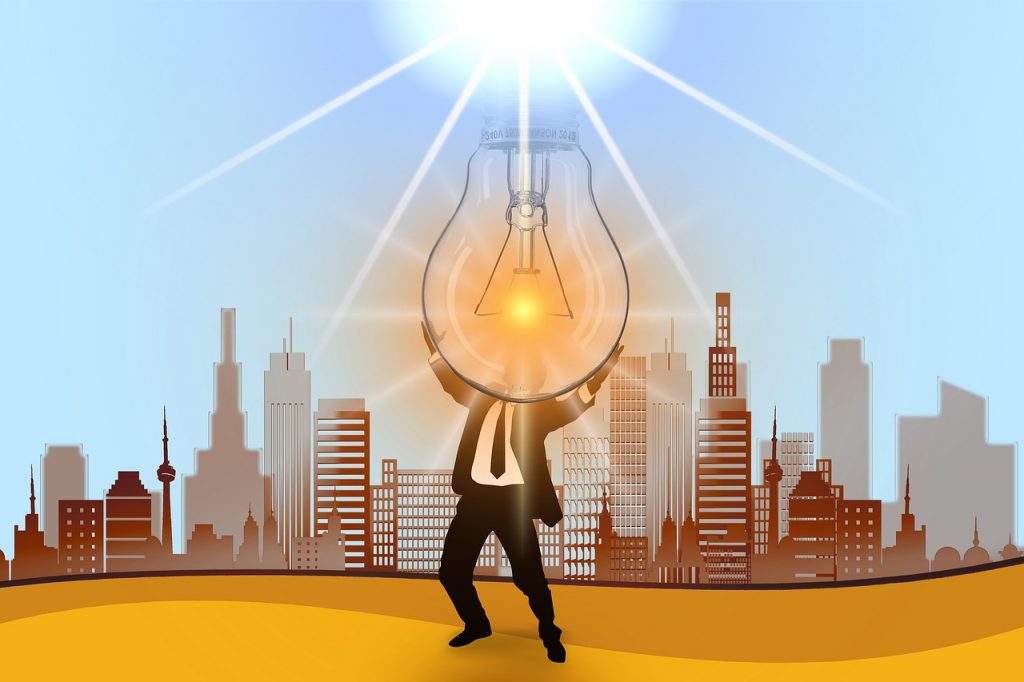
Why Solar Power is now the world’s cheapest Energy
As we continue to argue about whether or not it is appropriate to make a strong commitment to renewable energies, energy technologies are advancing the governments of half the world and are on track to turn this debate into something out-dated.
Solar energy, which has been 75% cheaper since it is now already cheaper than any other type of energy produced by coal, oil or gas. But it’s not enough. If solar energy wants to be a global player we have to take into account that it needs to be more profitable than other sources of energy in the short term. In almost 60 countries, solar energy is the cheapest energy to use.
The Battle of Energy Is Given in The Long Run
Although we normally look at the production price of kilowatt per hour, that is not the most interesting reason for the adoption of renewable solar energy. At least, in a context like the current one, in which the renewable ones do not have subsidizations to pay for the investments.

Energy systems with giant structures in investments are done with dozens of years of forecasting. Therefore, the adoption of renewable energies is slow: once a nuclear power plant (or any other type) is built, it is not feasible to switch it off until the end of its useful life. If done, the investment would not normally be recovered.
That is, if we want to study in detail how the composition of the energy market will evolve, we must look at how much it costs solar energy companies to start each energy system from scratch. The short- and medium-term profitability of solar power plants are key in the final decision of businessmen and politicians; Or, in other words, a very cheap energy to produce that requires a very high initial investment will never be adopted.
Solar Energy Enters the Game in Full Power
“Unsubsidized solar energy is starting to take coal and natural gas out of the market, and notably, new solar projects in emerging markets cost less than wind power,” a Bloomberg report on the energy industry said a few weeks ago.
And indeed, in nearly sixty emerging countries the average price of solar installations needed to produce every megawatt has already fallen to $1,650,000, down from the $1,660,000 that wind energy costs. This means that the emerging countries (those that were going to assume a greater growth of CO 2 emissions) are going to turn towards totally unstoppable solar energy.
This has brought great news: the wind and solar energy now cost the same or even less than fossil fuels when it comes to generating energy. According to the World Economic Forum (WEF), this is a reality in more than 30 countries, and prices have been stepping up in recent years, which mean that “it comes good.”
“Renewable energy has reached a turning point,” said Michael Drexler, who leads the development of infrastructure and investment in WEF. “It’s not just a commercially viable option, but a completely irresistible investment opportunity, with long-term, stable and inflation-protected return.”
And between the two, solar energy leads the ranking. In fact, it is increasingly cheaper and competitive, within renewable energies. Yes, because its average price was reduced to the US $ 1.65 million per megawatt in almost 60 countries (about 1,100 million Chilean pesos), surpassing the wind. These are the wonderful data from Bloomberg New Energy Finance (BNEF), which were based on the prices of 58 emerging markets, such as China, India, and Brazil.
Renewable energy is gaining battle after battle and is becoming more attractive not only because of its low environmental impact but because it is also more achievable for governments, companies and above all a good business, as Drexler said. Another reason is that most homes now use a solar powered system as the main source of power.
And Why Is It Cheaper?
As explained in Science Alert, the reasons are numerous. For example, the increase in the environmental policies that drive the creation of clean energy, the reduction of the cost of technological equipment, the creation of new business models and a constant increase of investment.
The prices in each country are fluctuating, so the triumph of the sun is not yet global, as it also depends on the levels of radiation, government subsidies, and projects that are being carried out by different solar power companies. However, while fossil fuels are not going to disappear so fast, governments’ growing commitment and incredible technological advances are increasingly pushing the barriers that limit renewable energies. And in this process, the major is taking much of the credits.
In a short while from most homes around the globe will start to mount their solar panel on individual roofs, companies will use a solar panel-stylize design for their building, and solar power system will inevitably become the first choice for most homes and companies.
